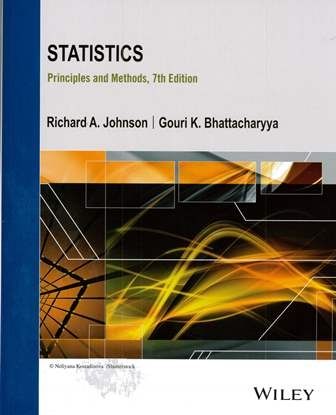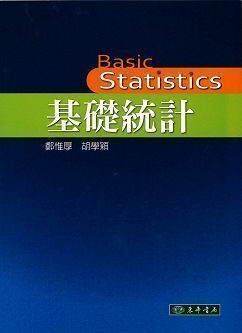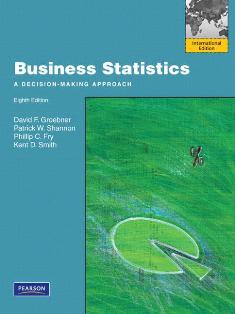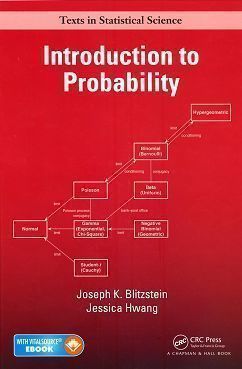書籍分類

Statistics: Principles and Methods 7/e
作者:Richard A. Johnson, Gouri K. Bhattacharyya
原價:NT$ 1,680
ISBN:9781119326182
版次:7
年份:2014
出版商:John Wiley
頁數/規格:716頁/平裝雙色
參考網頁:Statistics: Principles and Methods 7/e
版次:7
年份:2014
出版商:John Wiley
頁數/規格:716頁/平裝雙色
參考網頁:Statistics: Principles and Methods 7/e
內容介紹 本書特色 目錄
- Description
Johnson/Bhattacharyya is unique in its clarity of exposition while maintaining the mathematical correctness of its explanations. Many other books that claim to be easier to understand often sacrifice mathematical rigor. In contrast, Johnson/ Bhattacharyya maintain a focus on accuracy without getting bogged down in unnecessary details.







